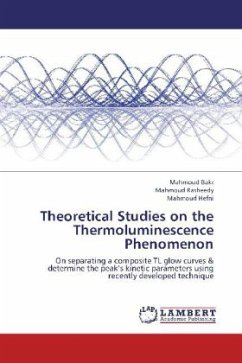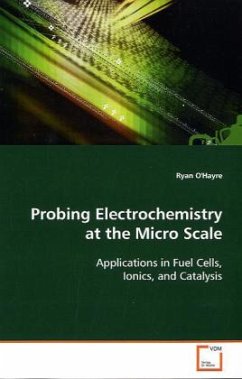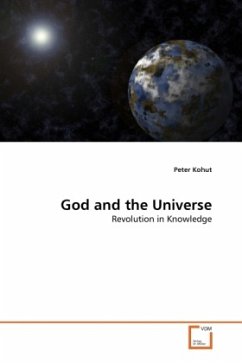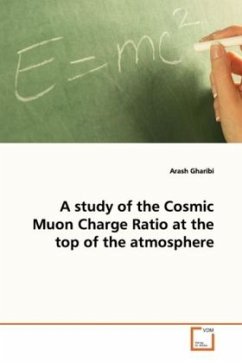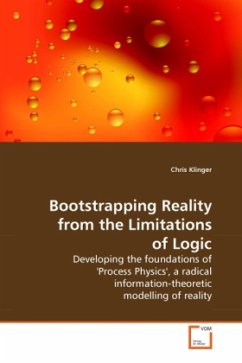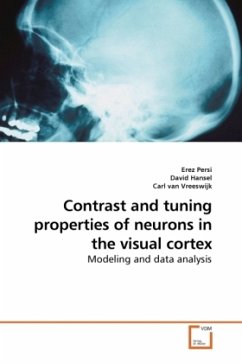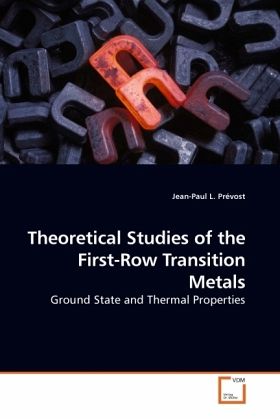
Theoretical Studies of the First-Row Transition Metals
Ground State and Thermal Properties
Versandkostenfrei!
Versandfertig in 6-10 Tagen
52,99 €
inkl. MwSt.

PAYBACK Punkte
26 °P sammeln!
Theoretical studies of the ground state properties of the first-row transition metals (Sc to Zn) are conducted using the Stuttgart TB- LMTO program. A low-moment to high-moment (LM-HM) magnetic transition is studied in Sc to Ni when they are constrained to take the FCC crystal structure. FCC Fe is found to occupy a unique position among these metals, as its LM-HM transition occurs when its lattice parameter is less than 2.5% larger than its ground state value. A method is proposed for calculating the Helmholtz free energy of non-magnetic, bulk, crystalline solids consisting of a single chemica...
Theoretical studies of the ground state properties of the first-row transition metals (Sc to Zn) are conducted using the Stuttgart TB- LMTO program. A low-moment to high-moment (LM-HM) magnetic transition is studied in Sc to Ni when they are constrained to take the FCC crystal structure. FCC Fe is found to occupy a unique position among these metals, as its LM-HM transition occurs when its lattice parameter is less than 2.5% larger than its ground state value. A method is proposed for calculating the Helmholtz free energy of non-magnetic, bulk, crystalline solids consisting of a single chemical species. The method assumes that atoms in metals experience pair-wise interactions via a potential that can be uniquely defined using the ground state energy versus lattice parameter curve of the metal. This latter curve can be calculated using the TB-LMTO program. The lattice parameter versus temperature curve of metallic Cu can be accurately calculated using the method, but its accuracyis sensitive to the functional form of the calculated ground state energy versus lattice parameter curve of FCC Cu and to the range of the interaction of the atoms in the Cu metal.





